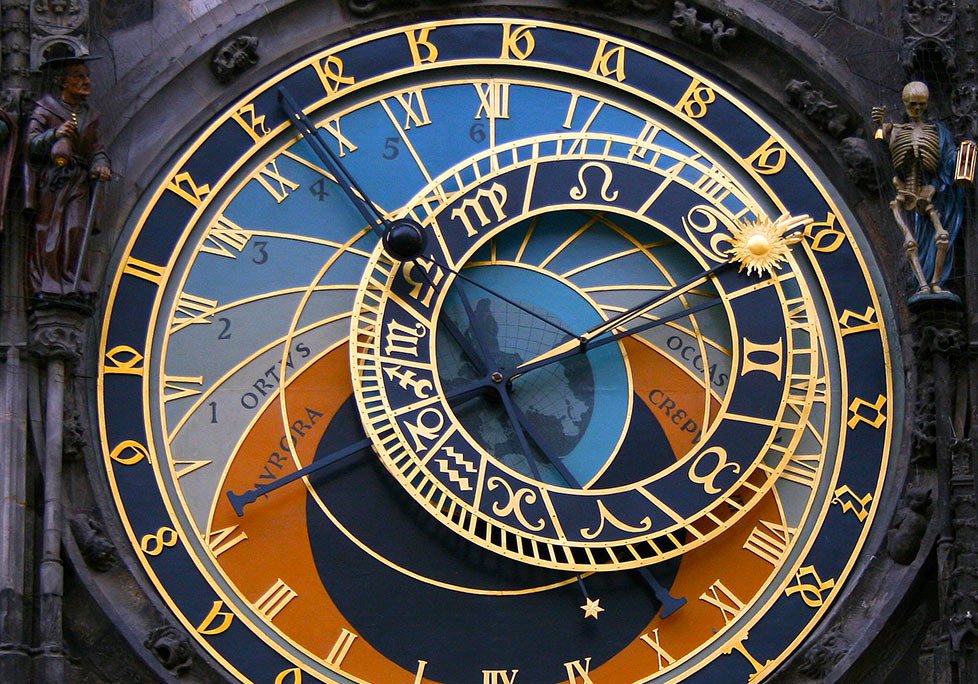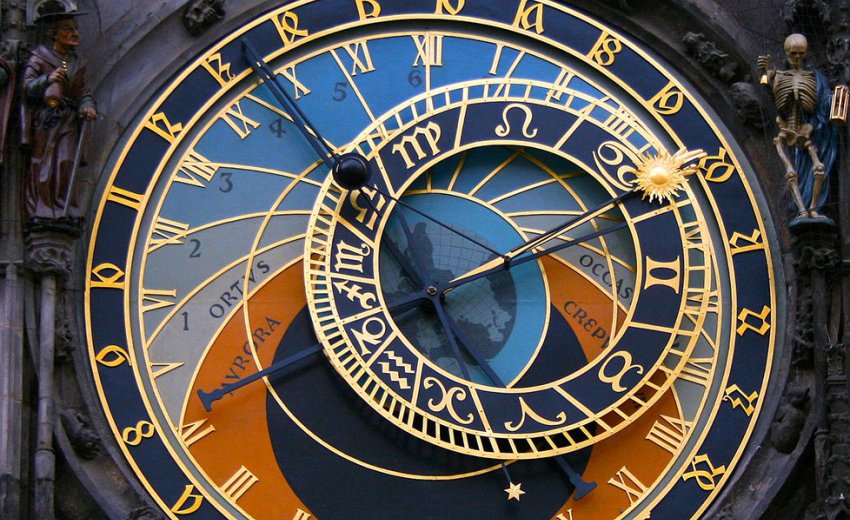In our modern age of flash crashes and instantaneous global communication, a lot can happen in a second. That means that the extra "leap second" that will be officially added to our clocks Tuesday evening, delaying the start of July by one tick, is not nearly as insignificant as it might seem.
|
 |
|
Prague's astronomical clock. |
Yes, I know, most of you will not notice that June is one second longer this year to account for tiny inconsistencies in the speed at which the Earth rotates on its axis. Slowdowns in the Earth's spin can put Universal Time (UT, which is based on the planet's rotation) out of sync with the other major method of timekeeping, which is based on super-precise atomic clocks around the world.
When you wake up on July 1, you probably won't feel the temporal weight of the extra second that passed while you slept. Or, if you're more of a night owl, you probably won't notice that whatever show you were binging on on Netflix as the clock charged past midnight ended one second earlier than it should.
It will probably be just as memorable as the last time the timekeepers of the world added a second, back in 2012. You remember that one, right?
But if becoming a husband and a father has taught me one thing, it's that time is the only true universal currency in life, so it's worth considering the value of an extra second.
Consider the camera developed by MIT researchers that is so fast it can actually capture a trillion frames per second, allowing scientists to track the movement of actual photons and, remarkably, even see around corners. We have the technology to capture that single extra second in a year and split it into a trillion miniscule slices -- a trillion technically unique images.
But tricks of math and physics meant to shift perceptions of basic units of measurement really add more perspective than actual value, you might say. Quarter an apple and it doesn't provide any more nutrition than the original, whole piece of fruit.
To really illustrate the value of an extra second, let's consider what could happen in one of those picoseconds captured in the frames of MIT's fancy cameras (a picosecond is one trillionth of a second).
In less than a single picosecond, color is created as waves of visible light oscillate multiple times during this period -- the specific rate of oscillation determines the color we see. In less than a picosecond, the photosynthetic chemical reaction that allows a photon to be absorbed and to begin its conversion to plant food takes place.
In a single picosecond, a photon can be observed traveling about a third of a millimeter (or better yet, in about 3 picoseconds, a photon travels a single millimeter) -- in other words, it's almost possible to capture and watch light in motion.
Consider that during the hypothesized period just after the Big Bang known as cosmic inflation, it's believed that the young universe experienced an almost unthinkable rate of expansion. In less than a single picosecond, the totality of existence (multiverses aside) went from the size of a proton to the size of a grapefruit. If going from something inconceivably small to citrus-sized doesn't impress you, consider that if the starting point for the same such rate of expansion was the grapefruit, that handheld universe would have expanded to the size of an object with a diameter large enough to easily cover the distance between Earth and Jupiter.
Again, I'm just talking about the physical and historical (theoretically, at least) potential of a single picosecond -- that's one trillionth of a tick.
Trapped in a single second could be enough time to create color, feed a plant, capture the speed of light or, in the right place and time, see entire universes mature.
But more than likely, for you and me, the extra leap second added to our lives this month will pass like any other, so you might as well waste it like all the others watching a randomly-selected one-second video courtesy of John Oliver and HBO.
